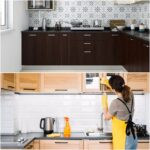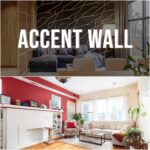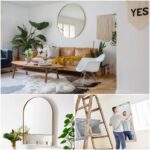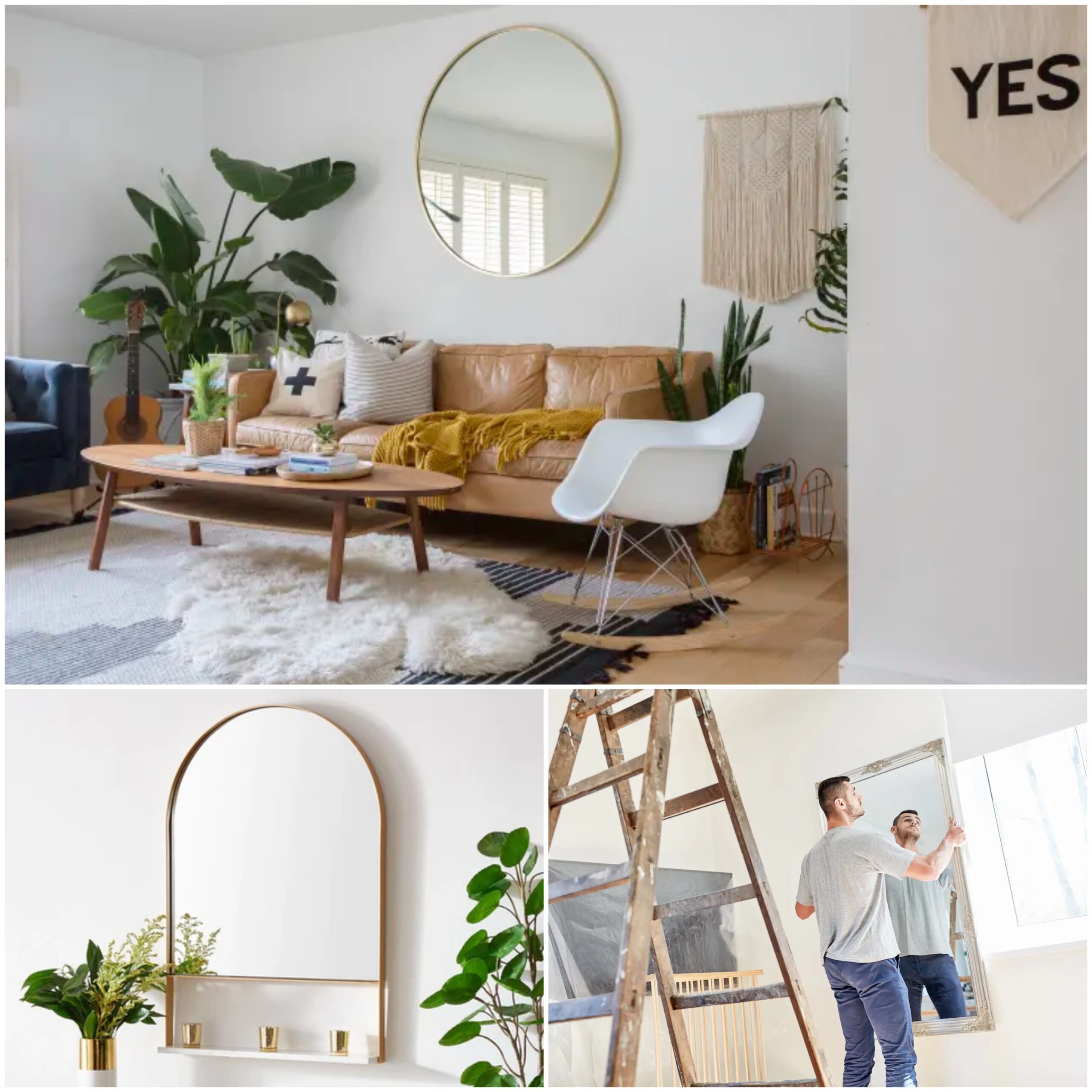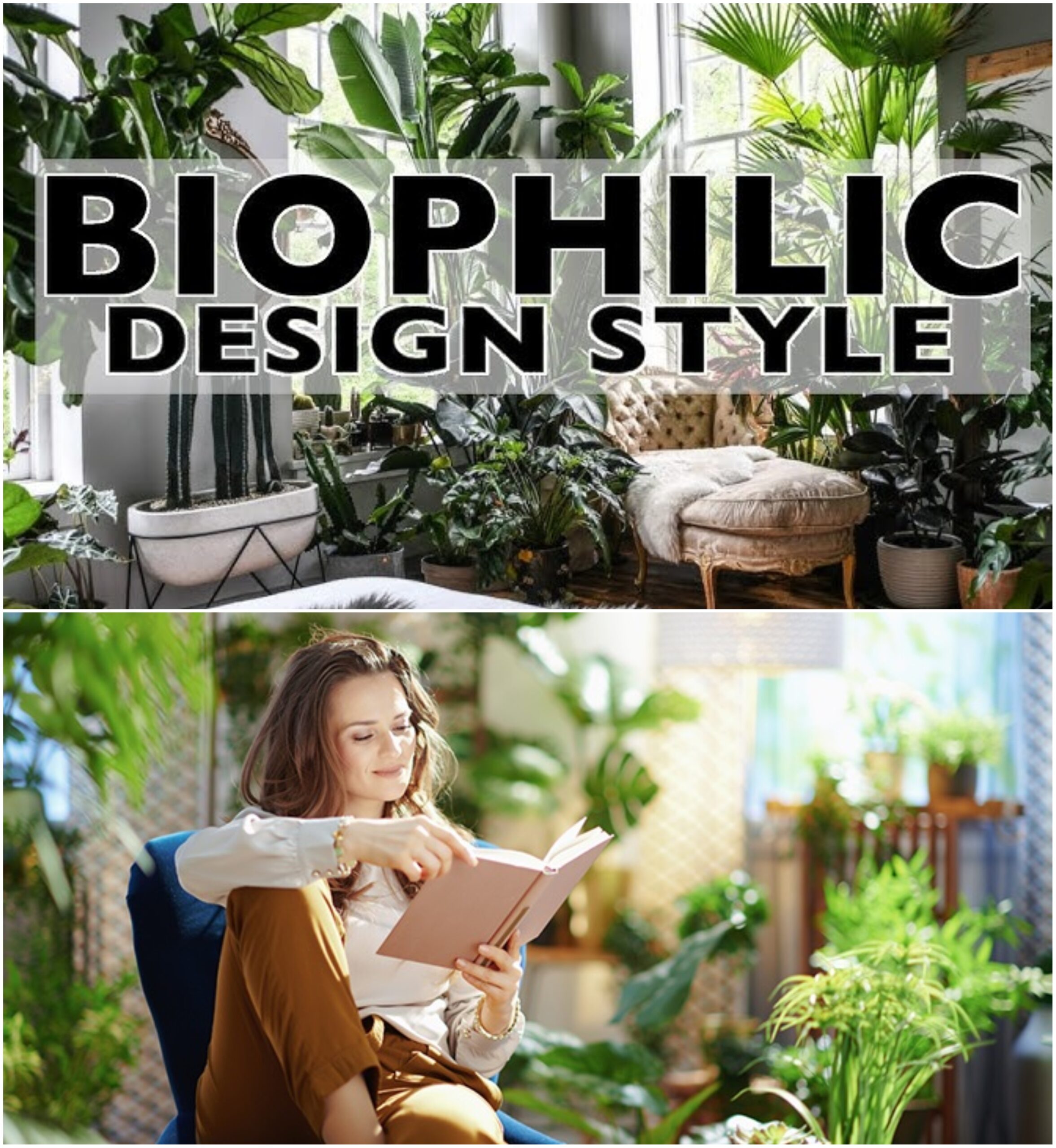Table of Contents
For the benefit of both pet owners and their furry companions, a pet-friendly home is necessary.
Pets are members of the family, not just animals. For both the well-being of the pets and the peace in the home, it is essential to create a space where they can feel secure, relaxed, and content.
The USA is a country where owning pets is common. The American Pet Products Association estimates that almost 70% of homes have a pet.
The value of considering pets when building and maintaining our homes is made clear by the high percentage of pet ownership.
Let’s look at some useful hints and strategies for creating a house that welcomes pets.

Designing a Pet-Friendly Home
1. Flooring
Selecting long-lasting and scratch-resistant flooring materials is a must for a house that welcomes pets.
Here are a few fantastic choices,
- Tile
The tile is extremely durable and stain- and scratch-resistant. It is a fantastic option for pet-friendly home because it is also simple to clean.
But it can be chilly and hard, so pets might find it uncomfortable to lie on.
- Laminate
This type of flooring looks like wood but is resistant to moisture and scratches. It strikes a nice mix between practicality and style.
It can be slippery, though, so pets who have trouble moving around might find it problematic.
- Vinyl
Another great flooring material is vinyl. It is waterproof, stain-resistant, and simple to maintain.
Also, it offers a softer surface than laminate or tile, which may make pets feel more relaxed in pet-friendly home.
2. Furniture
Think about materials and styles when choosing furniture that can tolerate a pet’s hits and scratches.
- Pet-proof Fabrics
For furniture that is pet-friendly, microfiber and leather are excellent options. Stain resistance, ease of cleaning, and durability characterize microfiber.
Since leather is likewise stain-resistant and easily cleaned, it is less resistant to scratches.
- Removable and Washable Covers
Select pieces of furniture with washable and replaceable covers. This maintains the fresh appearance of your furniture and makes cleaning up after pets simple.
3. Wall Finishes
In a house where pets are welcome, walls can sustain damage, so selecting suitable finishes is necessary.
- Easy-to-Clean Paints and Wallpapers
Choose paint finishes like satin or semi-gloss that are simple to clean.
These finishes can be cleaned without causing damage to the wall and are waterproof. Choose washable, stain-resistant wallpaper when purchasing.
- Protecting Walls from Scratches and Stains
If you want to prevent scratches on the lower parts of the walls, think about installing chair rails or wainscoting.
Pets that frequently scratch or rub against surfaces can also benefit from the use of protective films or wall guards.
Read: Safeguarding Your Home – The Role of Doorbell Cameras in Home Security

Create Comfortable Spaces for Pets
1. Designating Pet Zones
- Cozy Corners for Beds and Crates
Locate a peaceful, low-traffic area of your pet-friendly home where your pet can calm down. In this location, set up a cozy bed or crate.
This provides a haven for your pet to retreat to when they need quiet time or rest, making them feels more safe and secure.
- Pet-Friendly Nooks and Hiding Spots
Particularly, cats and tiny pets enjoy hiding and exploring. Using soft blankets, pet tents, or even repurposed furniture, create comfortable nooks or hiding places.
Verify that your pets can easily access and feel safe in these locations.
2. Outdoor Areas
- Safe and Secure Backyard Spaces
Make sure your pets are safe by having a well-secured backyard fence. Look for any openings or crevices where animals could get out.
Moreover, think about using pet-safe plants and staying away from toxic ones.
- Creating Pet Play Zones and Obstacle Courses
Set aside a space in your yard for play. Toys, tunnels, and pet-safe obstacle courses are among the options.
A little flexibility course can be a great way to provide dogs with mental and physical stimulation.
Outdoor enclosures known as “catios” provide a safe space for cats to enjoy the outdoors.

Safety Considerations
It takes early action to secure dangerous areas and prevent accidents to make sure your pet-friendly home is pet-safe.
1. Secure Hazardous Areas
- Baby Gates and Barriers
Baby gates can be used to divide off parts of your house that are off-limits to pets or that could be dangerous.
Stairs, specific rooms containing weak objects, or locations with possible hazards like cleaning supplies could all fall under this category.
- Pet-Safe Plants and Avoiding Toxic Materials
If consumed by pets, certain plants and household items can be toxic.
Look up plants that are safe for pets to handle and keep poisonous ones out of your pets’ reach. Ivy, ferns of particular kinds, and lilies are common examples of toxic plants.
2. Preventing Accidents
- Electrical Cord Management
Puppies and kittens in particular may chew on electrical cords, which could result in electrocution.
To prevent access, cover or hide cords behind furniture. As an alternative, apply deterrents or bitter sprays made to prevent chewing.
- Using Non-Slip Rugs and Mats
Non-slip rugs and matting on slick surfaces, like hardwood or tile floors, are beneficial for pets, particularly senior pets or animals with limited mobility.
There is less chance of slips and falls due to the traction and stability these rugs offer.
You can make your pet-friendly environment safer by putting these safety precautions into practice so they can walk around and explore without running any unnecessary risks or hazards.
To protect your pets, regularly check your pet-friendly home for possible hazards and make any necessary adjustments.
Read: Trending Garden Landscaping Ideas for a Beautiful Backyard
Technology for Pet-Friendly Homes
Pet owners can benefit from the convenience of technology integration while their pets’ comfort and well-being are improved.
1. Smart Home Devices
- Pet Cameras and Monitoring Systems
In pet-friendly home, with the use of pet cameras, you can monitor your pets from a distance using live video feeds.
With the two-way audio feature of certain cameras, you can speak with your pets and hear their reactions.
Pet owners who travel frequently or work long hours will find this especially helpful.
- Automated Feeders and Water Dispensers
Automatic feeders make sure your pets are fed regularly even when you are not home by providing food at predetermined times.
Filtered water is continuously provided by water dispensers, encouraging constant hydration throughout the day.
2. Apps and Gadgets
- Health and Activity Trackers for Pets
These gadgets track the amount of exercise; calories burned, and even sleep habits of your pet.
They may help you in monitoring your pet’s health and help you reach your fitness objectives.
- Interactive Toys and Entertainment Options
Interactive toys help pets stay mentally and physically active, which helps them stay bored and avoid behavioral problems.
Treat-dispensing toys, laser pointers, and puzzle feeders that appeal to your pet’s innate curiosity are a few examples.
Pet-Friendly Home Layout Ideas
You and your furry friends can live in a more peaceful environment if you plan the layout of your pet-friendly home with pets in mind.
1. Open Floor Plans
- Maximizing Space for Pet Movement and Play:
Pets can roam around the pet-friendly home with plenty of room due to open floor plans. Stay clear of disorganized furniture placements that could hinder their progress.
Set aside areas that are open to the public so that pets can exercise and play without feeling restricted.
2. Multi-Functional Spaces
- Integrating Pet Areas into Home Offices and Living Rooms
Include pet-friendly areas in multipurpose rooms such as living rooms and home offices.
To help your pet stay close by while you work, make a comfortable corner near your desk with a bed or crate.
To promote play and interaction, include pet accessories and toys in these spaces.
Enhancing the arrangement of your house to suit the requirements of your pets can help create a more welcoming and cozy atmosphere.
In shared living spaces, open floor plans and multipurpose areas not only promote pet play and mobility but also create pet-owner bonding.

Pet-Friendly Décor
1. Stylish Pet Furniture
- Beds, Crates, and Scratching Posts that Blend with Home Décor
Get pet furniture that goes well with the décor you already have. Many businesses provide chic pet crates, scratching posts, and beds in a range of patterns and colors.
Select items that match the design of your pet-friendly home and provide your pets the convenience and comfort them need.
Pet-Friendly Art and Accessories
- Pet-themed artwork and Personalized Items
Bring in accessories and artwork with animal themes for your pet-friendly home.
This can include handcrafted items that honor your furry friends, paintings, or framed pictures of your pets.
Personalized accents like, name plaques or painted pet portraits provide your décor a special touch.
2. Storage Solutions
- Organizing Pet Toys, Leashes, and Supplies
Maintaining pet supplies in order is necessary for a clean pet-friendly home.
Toys, leashes, and other necessities for pets can be kept organized in chic storage baskets, bins, or cabinets.
These things should have designated spaces so that they are easily accessible and the area remains neat and orderly.
Bottom Line
Planning and designing a pet-friendly home requires careful thought.
You might ensure a peaceful home by selecting materials that are long-lasting and simple to maintain, allocating cozy areas for your pets, and adding security measures.
Adding chic, pet-friendly décor and making use of technology increases the comfort and convenience for you and your furry friends.Read: How to Create a Zen Meditation Room in Your Home?

